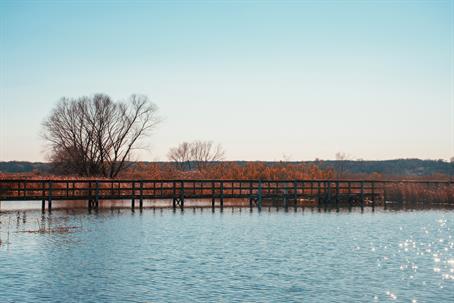Water is a vital and often limited resource in Texas. Whether you're a landowner, developer, or agricultural operator, securing and transferring water rights is a critical step in ensuring access to this resource. In Texas, groundwater is part of the surface estate and is privately owned. Surface water is owned the state. This article addresses surface water, and at the heart of this process is the Texas Commission on Environmental Quality (TCEQ), the state agency responsible for managing surface water permits, including those related to surface water rights transfers.
If you're considering a water rights transfer, it’s essential to understand how the TCEQ permit timeline works so you can plan accordingly and avoid unnecessary delays.
What Is a Surface Water Rights Transfer?
A surface water rights transfer involves changing the ownership or use of permitted water. This can occur through:
- Purchase or sale of property with existing surface water rights
- Leasing or subleasing surface water use
- Changing the use (e.g., from irrigation to industrial) or the place of use
Under Texas law, most of these changes require TCEQ approval through an amendment to an existing surface water rights permit.
Step-by-Step: The TCEQ Water Rights Transfer Timeline
Here’s what to expect when navigating the TCEQ permitting process:
1. Pre-Application Review (Optional)
- Timeframe: Varies
- A pre-application meeting with the TCEQ is recommended for complex transfers. It helps clarify requirements and avoid issues down the line.
2. Application Submission
- Timeframe: Immediate upon submission
- You’ll need to file a formal application with supporting documents, including maps, ownership records, and a justification for the transfer.
3. Administrative Review
- Timeframe: 30–45 days
- TCEQ staff reviews the application to ensure it is complete. If any information is missing, the application will be marked “deficient,” and the applicant must provide corrections.
4. Technical Review
- Timeframe: 3–6 months (can vary based on complexity)
- The agency evaluates the technical aspects, including the proposed water use, environmental impact, and legal water availability.
5. Public Notice & Comment Period
- Timeframe: Minimum of 30 days
- Most transfers require public notice. Stakeholders may submit comments or request a contested case hearing, which could extend the timeline significantly.
6. TCEQ Decision
- Timeframe: 1–3 months after public comment
- If uncontested, the TCEQ Executive Director issues a decision. If contested, the case may be referred to the State Office of Administrative Hearings (SOAH), adding several months to a year to the process.
Tips for Streamlining the Process
- Submit a complete and accurate application.
- Engage legal counsel early to help navigate regulatory hurdles.
- Coordinate with technical experts (e.g., hydrologists or engineers) if needed.
- Be proactive about public outreach to avoid contested cases.
How The Jones Law Firm PC Can Help
Water law in Texas is complex and often highly localized. At The Jones Law Firm PC, we help clients in San Antonio and across Texas navigate the intricacies of TCEQ permitting, surface water rights transfers, and regulatory compliance.
We understand how delays can impact your operations or development plans, which is why we work strategically to move your application forward and respond to agency feedback efficiently. Whether you’re acquiring new rights, changing usage, or need representation in a contested hearing, we’re here to help.
Need guidance on a surface water rights transfer or a groundwater issue?
Contact The Jones Law Firm PC today to schedule a consultation.

